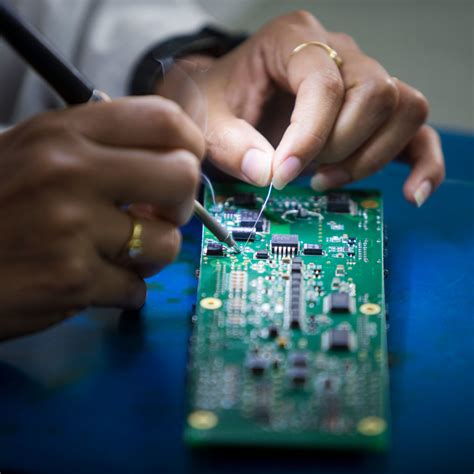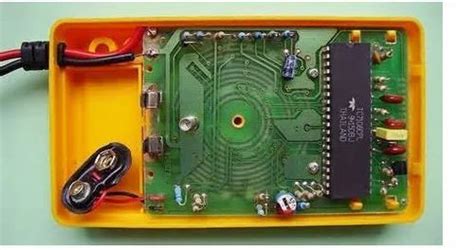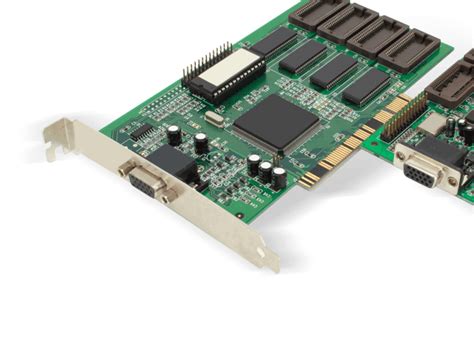Advanced OEM Circuit Board Engineering Solutions

Key Takeaways
When selecting PCB manufacturing partners for OEM circuit boards, understanding PCB manufacturing cost structures becomes critical. Top-tier PCB manufacturing companies prioritize high-reliability designs aligned with IPC Class III standards, ensuring boards withstand extreme conditions in aerospace, medical, or industrial applications. Their expertise in multi-layer PCB layouts minimizes material waste while maintaining signal integrity—key for optimizing PCB manufacturing business efficiency.
"Partnering with manufacturers offering rapid prototyping can reduce development cycles by 30-40%, accelerating time-to-market without compromising quality."
Advanced PCB manufacturing processes leverage automated optical inspection (https://www.andwinpcba.com) who balance cost-effective production with rigorous testing protocols. This approach ensures durable boards capable of handling high thermal stress or vibration, even in mission-critical systems.
By aligning your requirements with manufacturers specializing in high-density interconnect (HDI) technology, you secure scalable solutions that adapt to evolving technical demands while controlling PCB manufacturing cost. Always verify certifications like ISO 9001 and UL listing to guarantee compliance with global safety standards.
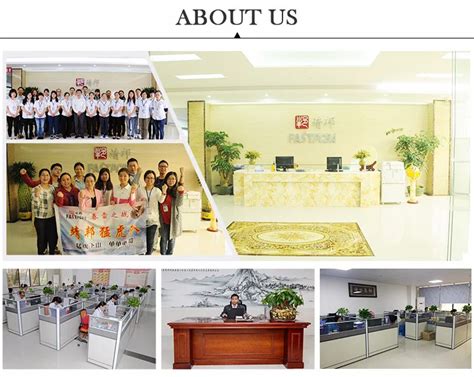
IPC Class III PCB Engineering
When selecting PCB manufacturing companies for mission-critical applications, understanding IPC Class III standards becomes essential. These specifications define the highest reliability requirements for printed circuit boards, ensuring performance in environments where failure is not an option—think aerospace, medical devices, or industrial automation. Unlike Class II designs, Class III mandates stricter tolerances, rigorous testing, and near-zero defect rates, directly influencing PCB manufacturing cost due to enhanced material selection and inspection protocols.
For businesses prioritizing durability, partnering with PCB manufacturing specialists skilled in Class III compliance ensures boards withstand extreme temperatures, mechanical stress, and prolonged operational cycles. Key considerations include:
| Design Factor | Class II Tolerance | Class III Tolerance |
|---|---|---|
| Annular Ring Width | ≥0.05mm | ≥0.075mm |
| Copper Thickness | ±10% | ±5% |
| Hole Wall Integrity | No voids ≥20% | No voids ≥10% |
Balancing PCB manufacturing business priorities—like rapid turnaround—with Class III demands requires optimizing fabrication workflows. Advanced techniques such as laser-drilled microvias or automated optical inspection (AOI) help maintain precision without compromising speed. By aligning your design parameters with IPC Class III early in the process, you mitigate risks of rework and ensure seamless integration into high-reliability systems.
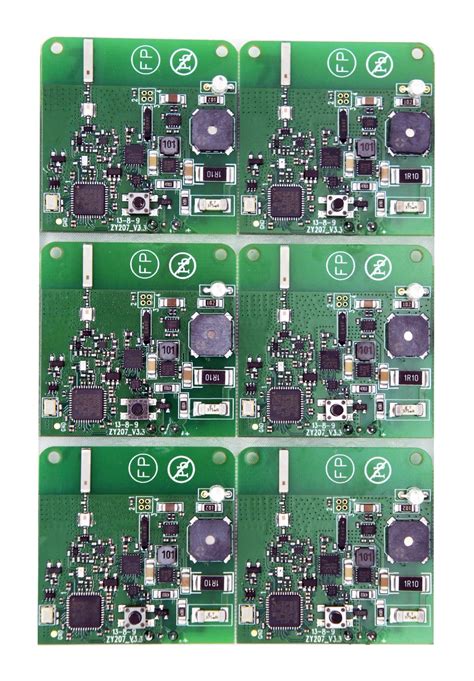
High-Reliability OEM Board Solutions
When designing mission-critical systems, you need PCB manufacturing solutions that prioritize durability and performance consistency. Leading PCB manufacturing companies achieve this by adhering to stringent quality protocols, including material selection validated for thermal stability and signal integrity. By leveraging IPC Class III standards, these suppliers ensure boards withstand extreme operating conditions—critical for aerospace, medical, or industrial automation applications.
Optimizing PCB manufacturing cost without compromising reliability requires balancing advanced fabrication techniques with intelligent design choices. For instance, controlled impedance routing and embedded component technology reduce failure points while maintaining scalability. This approach becomes particularly vital in multi-layer configurations, where layer stack-up precision directly impacts signal loss and EMI resistance.
For PCB manufacturing business partners, rapid prototyping paired with rigorous testing (like HALT/HASS) accelerates validation cycles. You gain access to boards engineered for high-cycle endurance, even in environments with fluctuating temperatures or mechanical stress. By collaborating with certified manufacturers, you ensure compliance with industry-specific certifications while meeting tight production timelines—key for maintaining competitiveness in complex OEM projects.
Cost-Effective Multi-Layer PCB Designs
Achieving cost-effective multi-layer PCB designs requires balancing advanced engineering with strategic material and process choices. By leveraging optimized layer stacking and intelligent routing techniques, you can minimize PCB manufacturing cost while maintaining signal integrity and thermal performance. High-density interconnect (HDI) technology, for instance, reduces layer count and material waste, enabling PCB manufacturing companies to deliver compact, high-performance boards without unnecessary expenses.
When selecting partners for PCB manufacturing business needs, prioritize firms with expertise in design-for-manufacturability (DFM) principles. These specialists analyze your schematics to identify opportunities for panelization efficiency or alternative substrate options—critical steps for scaling production without compromising reliability. Advanced simulation tools further refine designs, preempting costly revisions during fabrication.
For complex applications, consider hybrid materials like low-loss laminates paired with standard FR-4 substrates. This approach optimizes PCB manufacturing budgets by reserving premium materials only for critical signal layers. Additionally, automated testing protocols integrated into the production line ensure defects are caught early, reducing scrap rates and long-term warranty claims.
By aligning design complexity with volume-driven economies of scale, you can secure competitively priced multi-layer solutions that meet both technical and budgetary demands.
Rapid Turnaround Circuit Board Production
When timelines are critical, partnering with PCB manufacturing companies that specialize in accelerated production cycles ensures your projects stay on track. Modern PCB manufacturing leverages automated workflows and advanced prototyping tools to compress lead times without sacrificing quality. By integrating real-time design validation and streamlined material sourcing, these providers minimize bottlenecks that traditionally inflate PCB manufacturing cost while maintaining compliance with stringent industry standards.
For time-sensitive applications, just-in-time inventory systems and modular production lines enable rapid scaling from prototype to full-scale runs. This agility is particularly valuable in industries like aerospace or medical devices, where delays can cascade into costly setbacks. However, speed shouldn’t compromise precision—reputable PCB manufacturing business operators balance urgency with rigorous testing protocols, ensuring multilayer boards meet signal integrity requirements even under tight deadlines.
Transitioning smoothly between design and fabrication phases requires clear communication channels. Look for partners offering digital dashboards that provide live updates on order status, material availability, and testing milestones. This transparency not only accelerates decision-making but also helps you align production schedules with broader project timelines, creating a seamless bridge to optimizing circuit board performance in subsequent stages.
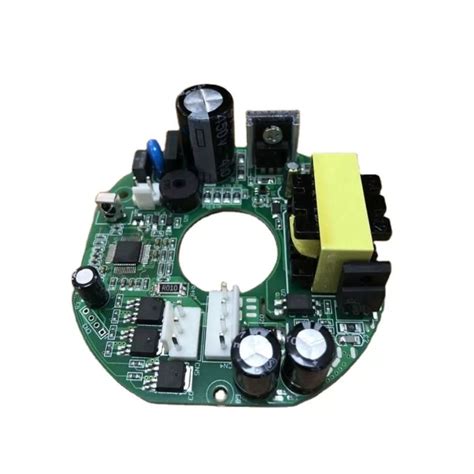
Precision-Engineered Control Board Technology
When designing mission-critical systems, precision-engineered control boards form the operational backbone of your applications. These boards require meticulous attention to signal integrity, thermal management, and material selection to ensure flawless performance in demanding environments. Leading PCB manufacturing companies leverage advanced techniques like laser-drilled microvias and automated optical inspection (AOI) to achieve tolerances under 25 microns, aligning with IPC Class III standards for high-reliability systems.
Balancing PCB manufacturing cost with performance starts with optimizing layer stack-ups and material choices. For complex multi-layer designs, hybrid architectures combining rigid and flexible substrates can reduce assembly complexity while maintaining durability. Partnering with a PCB manufacturing business specializing in control systems ensures access to embedded testing protocols, such as boundary scan and in-circuit testing (ICT), which validate functionality before deployment.
The integration of impedance-controlled routing and EMI shielding further enhances stability in high-frequency applications. By prioritizing PCB manufacturing processes that emphasize repeatability and traceability, you mitigate risks in aerospace, medical, or industrial automation use cases. This approach not only extends product lifespans but also streamlines compliance with industry-specific certifications, ensuring your control boards meet both technical and regulatory demands seamlessly.
Advanced PCB Manufacturing Standards
When selecting PCB manufacturing companies for complex applications, understanding their adherence to industry-leading standards becomes critical. Top-tier providers align with IPC Class III specifications, which govern everything from material selection to traceability, ensuring boards withstand extreme environments. This focus on precision directly impacts PCB manufacturing cost efficiency—by minimizing defects, you avoid costly rework while maintaining tight tolerances for high-density interconnects or impedance-controlled layouts.
Modern PCB manufacturing workflows integrate automated optical inspection (AOI) and cross-sectional analysis to verify layer alignment and plating quality. These protocols not only enhance reliability but also enable PCB manufacturing business models to scale without compromising turnaround times. For multi-layer designs, advanced lamination techniques and controlled impedance testing ensure signal integrity, even in mission-critical systems. By prioritizing these standards, you gain access to production pipelines that balance rigorous quality control with the flexibility needed for iterative prototyping or volume orders.

Optimizing Circuit Board Performance
Achieving peak performance in PCB manufacturing requires balancing technical precision with strategic material selection. When working with PCB manufacturing companies, you need designs that minimize signal loss while maximizing thermal efficiency—critical for high-reliability applications. Start by optimizing trace geometry and layer stack-ups to reduce impedance mismatches, a common culprit in performance degradation. Advanced simulation tools allow you to model electromagnetic interference (EMI) patterns before production, ensuring compliance with stringent IPC Class III standards.
Cost optimization plays a dual role here. While PCB manufacturing cost often correlates with complexity, smart design choices—like standardized via sizes or panelization—can lower expenses without compromising quality. For multi-layer boards, consider hybrid materials that balance dielectric properties and thermal stability, especially in environments with fluctuating temperatures. Partnering with experienced PCB manufacturing business specialists ensures access to cutting-edge processes like laser-drilled microvias or embedded passives, which enhance signal integrity in dense layouts.
Finally, iterative testing protocols validate performance under real-world conditions. Stress-testing boards for vibration resistance, thermal cycling, and power cycling identifies weaknesses early, aligning with high-reliability goals. By integrating these strategies, you create boards that not only meet but exceed operational demands, paving the way for seamless integration into larger systems.
Durable OEM Boards for Complex Applications
When operating in demanding environments—from industrial automation to aerospace systems—you need PCB manufacturing solutions that prioritize long-term durability without compromising performance. Leading PCB manufacturing companies leverage advanced materials like high-Tg laminates and polyimide substrates to create boards resistant to thermal stress, mechanical fatigue, and chemical exposure. These choices directly impact PCB manufacturing cost, but optimized designs balance material investments with lifecycle savings by reducing field failures.
For multi-layer configurations in mission-critical applications, controlled impedance routing and embedded shielding ensure signal integrity even under extreme conditions. By collaborating with PCB manufacturing business partners specializing in IPC Class III standards, you gain access to rigorous testing protocols—including thermal cycling and vibration analysis—that validate board resilience. This approach minimizes downtime in complex systems while aligning with rapid turnaround expectations, ensuring your projects stay on schedule without sacrificing reliability.
Transitioning from design to production, precise stack-up planning and conformal coating techniques further enhance environmental resistance, making these boards ideal for applications where replacement cycles are costly or impractical. By prioritizing durability early in the development process, you mitigate risks associated with harsh operational demands.
Conclusion
When selecting partners for PCB manufacturing, it’s essential to prioritize expertise that aligns with your project’s technical and operational demands. Leading PCB manufacturing companies leverage cutting-edge processes to balance PCB manufacturing cost with uncompromising quality, ensuring your designs meet high-reliability standards even in complex applications. By adopting precision-engineered solutions, you gain access to durable multi-layer boards optimized for performance, whether for industrial controls or advanced electronics.
A well-structured PCB manufacturing business focuses on rapid turnaround without sacrificing adherence to IPC Class III specifications, critical for mission-critical systems. This approach not only minimizes production delays but also safeguards long-term value by reducing rework risks. When evaluating suppliers, consider how their technical capabilities—from material selection to testing protocols—directly impact your product’s lifecycle and operational efficiency.
Ultimately, collaboration with manufacturers who prioritize cost-effective scalability and rigorous quality assurance ensures your OEM circuit boards deliver consistent performance, even under demanding conditions. By aligning your requirements with their engineering strengths, you secure a competitive edge in markets where reliability and speed are non-negotiable.

FAQs
How do IPC Class III standards impact PCB manufacturing quality?
PCB manufacturing companies adhering to IPC Class III ensure boards meet rigorous requirements for high-reliability applications like aerospace or medical devices. This standard mandates stricter tolerances, material quality, and testing protocols compared to lower classes.
What factors influence pcb manufacturing cost for multi-layer designs?
Cost depends on layer count, material selection (e.g., high-frequency laminates), surface finishes, and testing requirements. Partnering with experienced PCB manufacturing providers optimizes expenses without compromising performance in complex applications.
Can rapid turnaround timelines affect board reliability?
Not when working with certified PCB manufacturing business partners. Automated processes, advanced equipment, and streamlined workflows enable faster production while maintaining IPC Class III compliance. Prototype-to-production cycles often shrink by 30-50% without sacrificing quality.
How do you ensure durability in high-reliability OEM boards?
Durability stems from precision engineering, including controlled impedance routing, thermal management, and stress testing. Reputable PCB manufacturing companies validate designs through simulations and environmental testing to meet mission-critical operational demands.
Ready to Optimize Your PCB Project?
Explore our advanced PCB manufacturing solutions engineered for reliability and speed. Please click here to discuss your project requirements with our technical team.


